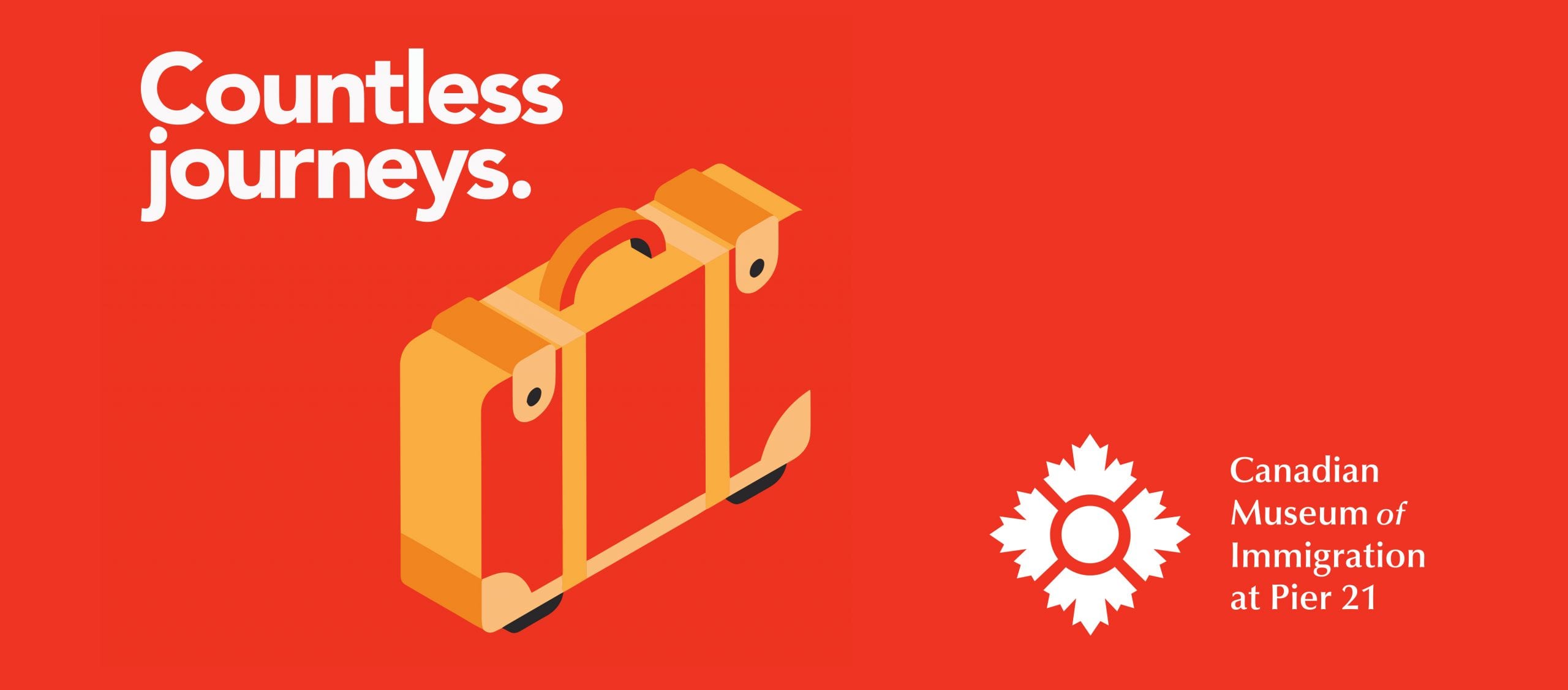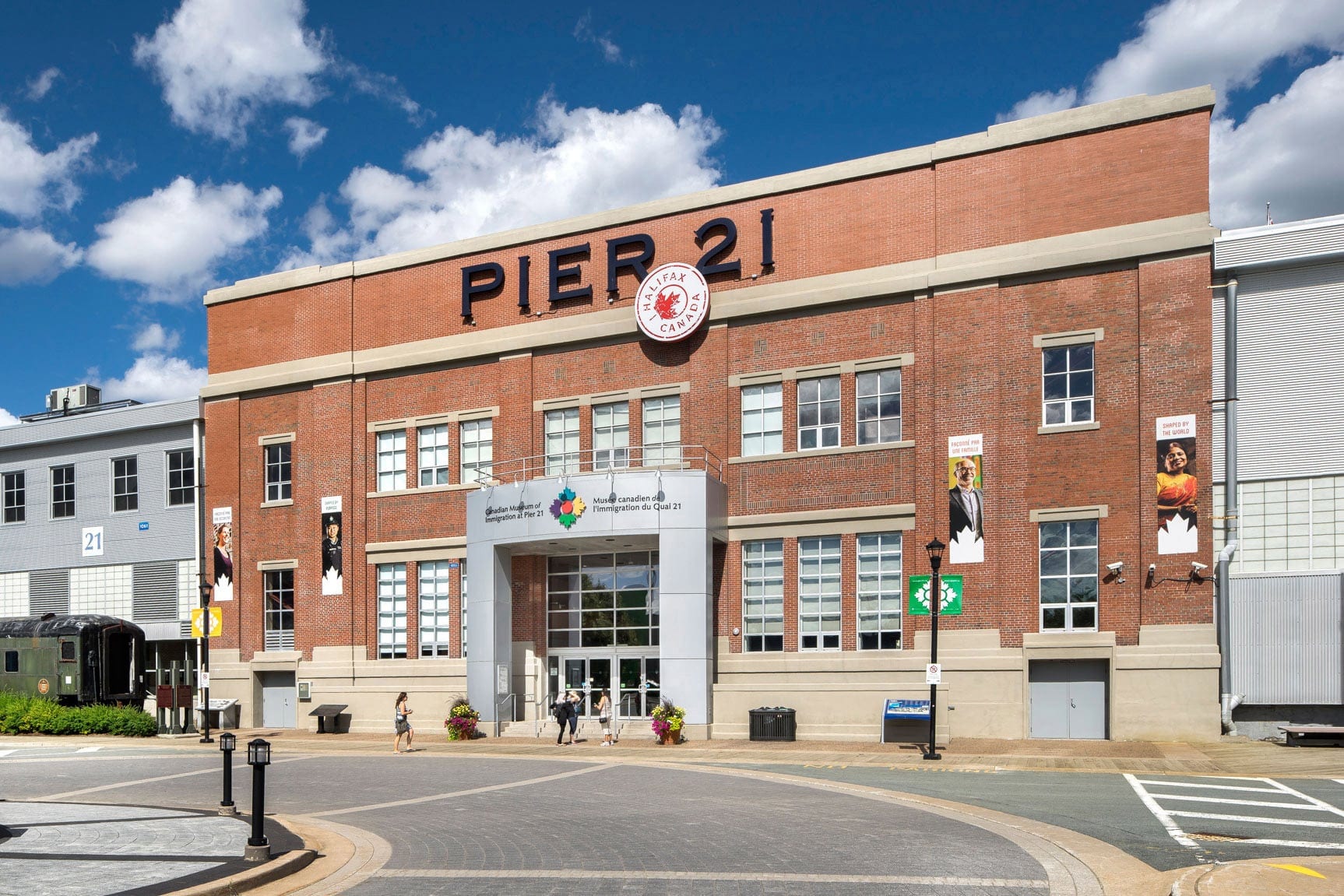The Canadian Museum of Immigration at Pier 21, located in Halifax, Nova Scotia, is a national museum devoted to the history and impact of immigration in Canada. It’s located in a historic immigration shed on a pier in Halifax harbor, and it began as the Pier 21 Society: a research center focused on European immigration through Halifax in the 20th century. But in 2012, it became a national museum and assumed a much broader mandate. Over the next several years, the institution dramatically expanded its scope, developing new exhibitions that explored the immigration story nationwide and tripling the size of its staff.
Before
Newly designated as one of Canada’s seven national museums, CMI was having trouble shedding its past as an historical site and embracing its new role as a national theme-based institution.
After
While a name change would require an act of parliament, we were able to give the museum a powerful tagline. Through organizational alignment work, we additionally built commitment to a new visitor-centric ethos focused on the Brand Idea: Gateway to Empathy.




